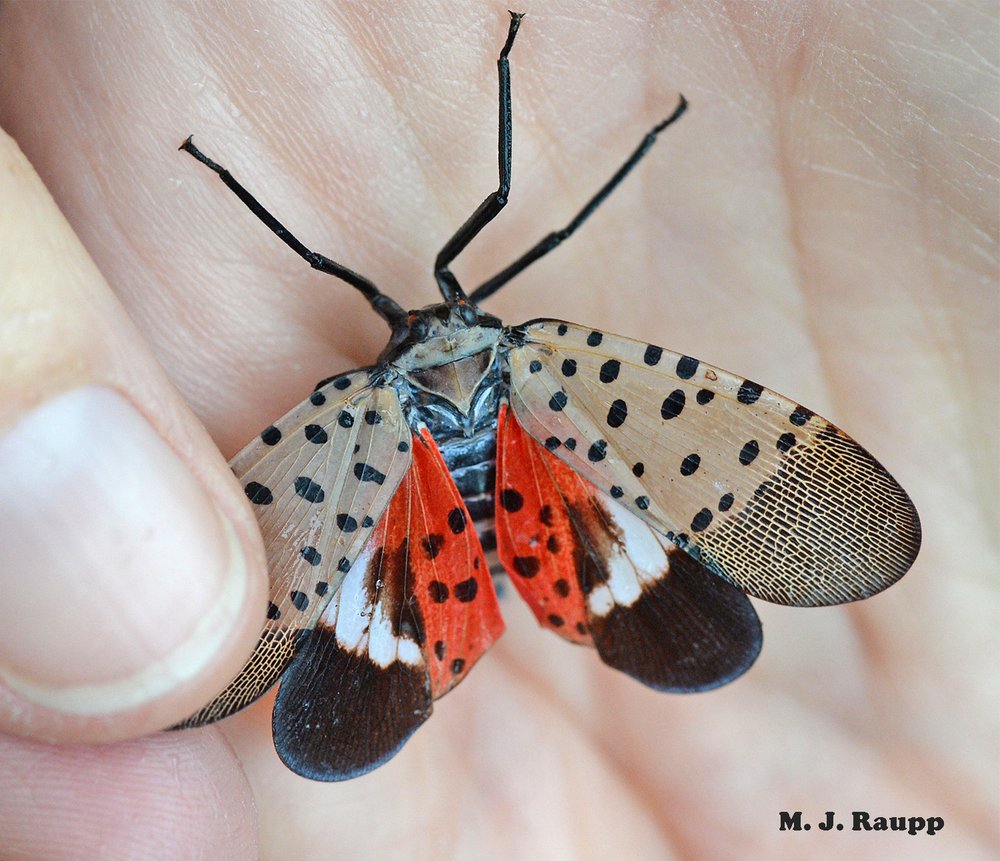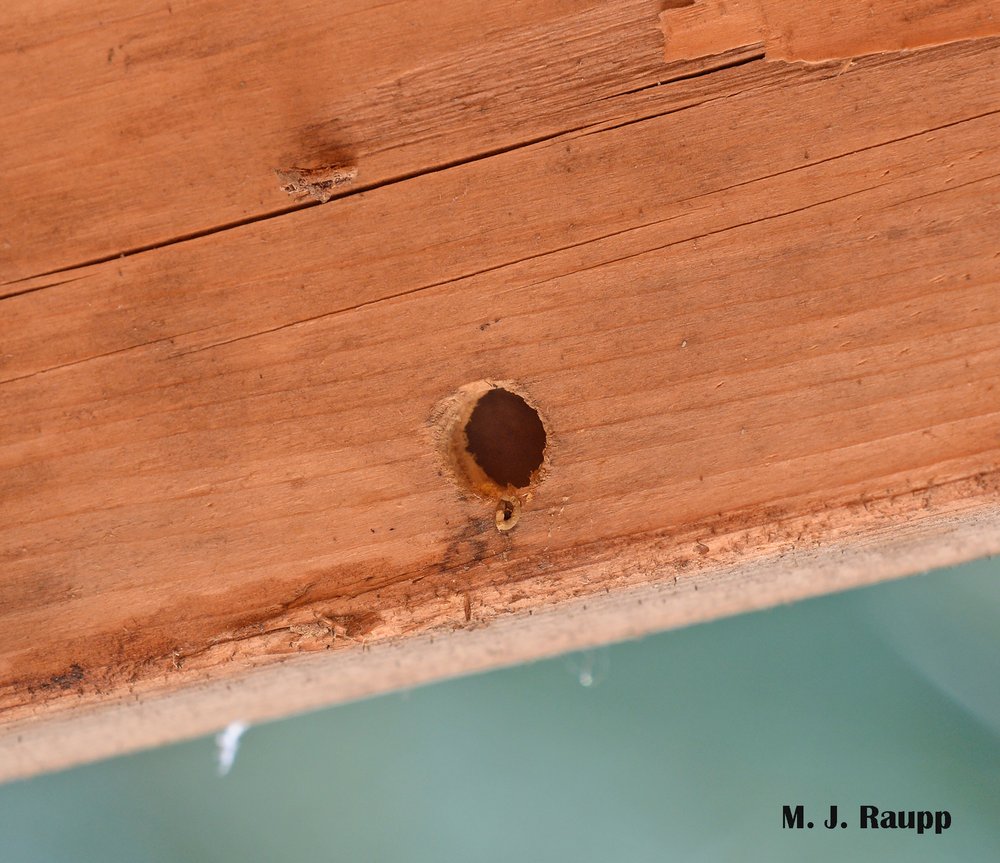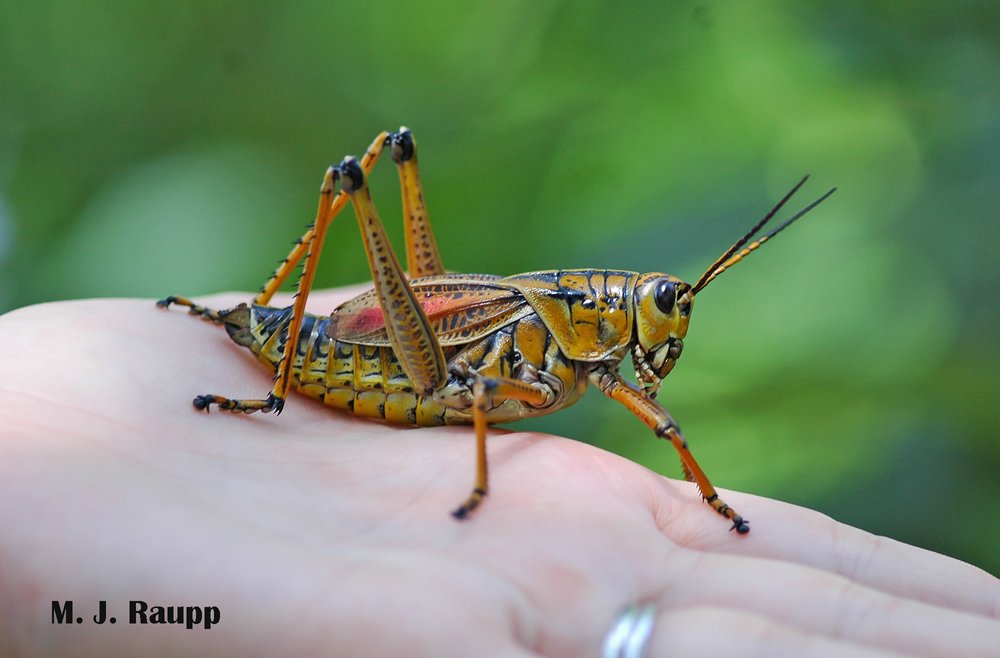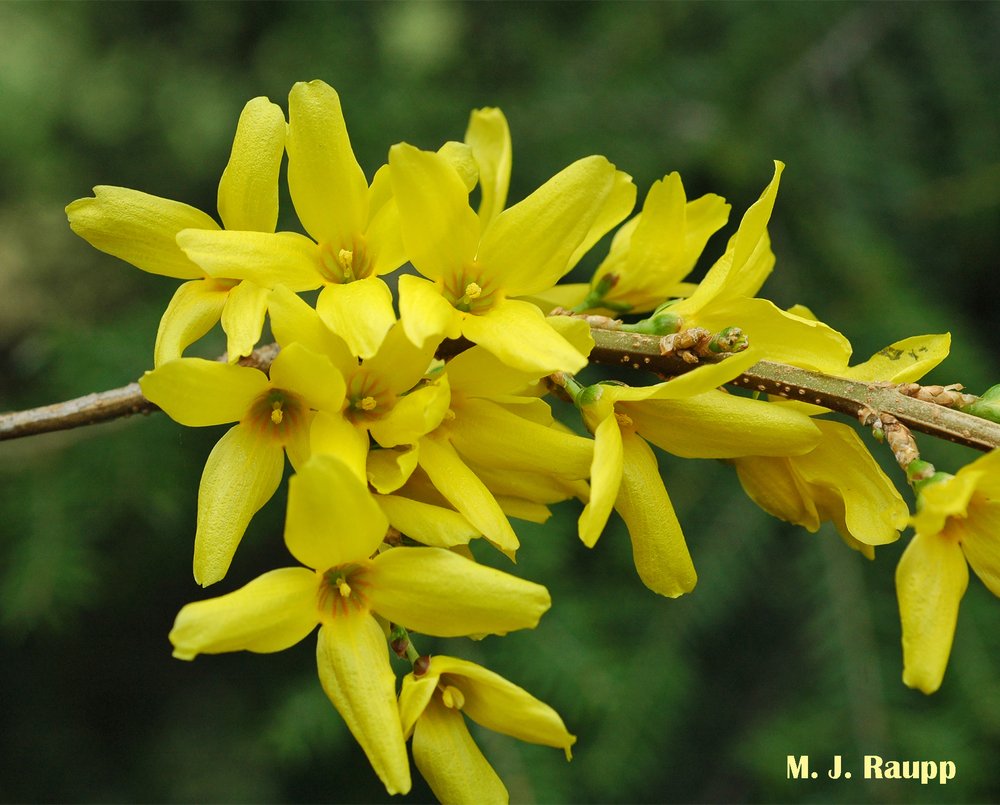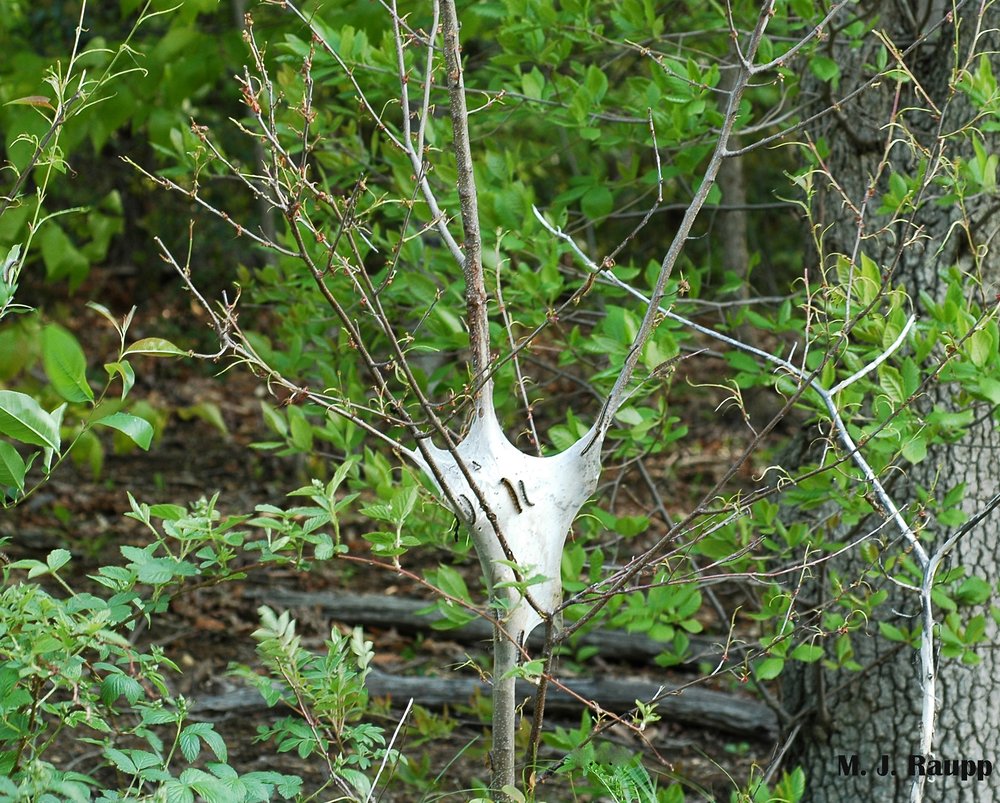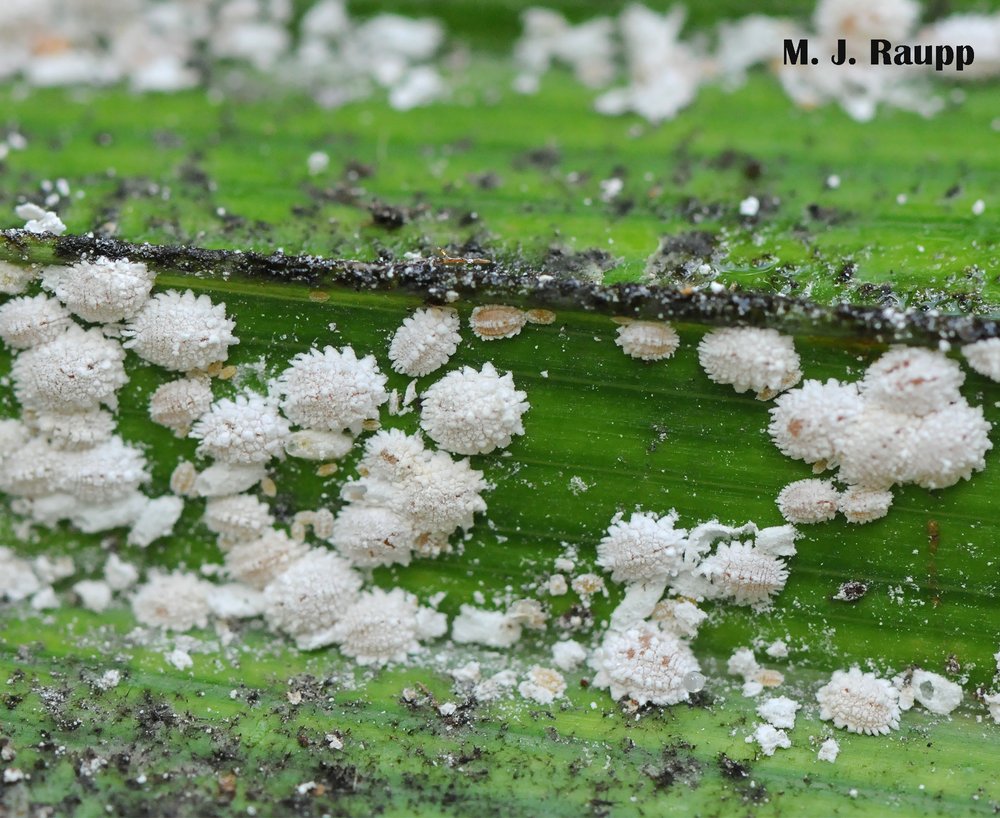Tigers along the Potomac: Bronzed Tiger Beetle, Cicindela repanda repanda

On the banks of the Potomac, beautiful bronzed tiger beetles search for their next meal.
Tigers, perhaps the most iconic and magnificent of all cats, remain in India, Nepal, Bhutan, Bangladesh, Myanmar, Russia, China, Thailand, Malaysia, Indonesia, Cambodia, Laos, and Vietnam according to the World Wildlife Fund. While the chance of spotting a tiger in the wild here in the DMV is nil, insect lovers and other naturalists can enjoy more than a dozen species of tiny six-legged tigers in forests, along the ocean and bay, and on riverbanks throughout our region. On a recent trip to the mighty Potomac River in Maryland, a budding seven-year-old naturalist discovered a gorgeous bronzed tiger beetle hunting prey in the sandy soil of a riverbank. We met the beautiful six-spotted green tiger beetle about this time last year along a bike trail not far away.
Tiger beetles are fierce predators as both juveniles (larvae) and as adults. Sabre-like mandibles impale soft-bodied insects and other invertebrates which make the riverbank their home. Most species of tiger beetle larvae spend their youth as sedentary hide-and-wait predators in galleries constructed in soil. When unsuspecting prey pass nearby, larvae pop out of their lair and spear their hapless victim. Larvae enlarge galleries as they grow and develop.
Bronzed tiger beetles dash about a sandy riverbank along the Potomac on a sunny afternoon. A curious tiger stares back at an iPhone before moving in for a closer look. Watch at full speed and then at 70% reduced speed as a bronzed tiger jets away from an annoying stick.

The strange tiger beetle larva lives in an underground lair and captures unsuspecting prey that stray too near.
Life along a riverbank is fraught with peril as rivers like the Potomac often flood and submerge adjacent land. For mobile adult beetles, as waters rise, flight or a mad dash can take them out of harm’s way. But what fate awaits soil dwelling beetle larvae when waters rise? Galleries submerged by floodwaters soon become severely oxygen poor and these tiny creatures need oxygen for survival. Scientists have discovered that some species of tiger beetles inhabiting water-logged soils switch their metabolic activity from oxygen-driven to anaerobic metabolism (oxygen not-needed) during times of immersion. In studies, different species of tiger beetles survived 60 to 120 hours of submersion. Yikes! Wish I could hold my breath that long. And when soils become a bit too soggy, guess what, larvae of at least one species of tiger beetle, the hairy tiger beetle, simply move out and find soils with lower moisture levels where they can survive and thrive. Unfortunately, as rivers are dammed and lakes form, riverbanks with just the right moisture levels may be harder to find for tiger beetles on the move. Scientists fear these river-dwelling species may fail in their attempts to relocate to less soggy soils. In several locations, subspecies of hairy tiger beetles have declined dramatically in recent years, likely due to human-made alterations of their habitat. In addition to dams that dramatically alter riparian ecosystems, soil compaction by human foot-traffic along river banks may contribute to the demise of tiger beetles along rivers and lakes. Tread lightly and carefully along riverbanks and try to stick to existing trails rather than blazing new ones, lest we further disrupt habitats of these tiny but magnificent tigers.
Acknowledgements
Two excellent articles “Movement of Cicindela hirticollis Say Larvae in Response to Moisture and Flooding” by Mathew Louis Brust, William Wyatt Hoback, Kerri Farnsworth Skinner and Charles Barry Knisley, and “Hypoxia tolerance in adult and larval Cicindela tiger beetles varies by life history but not habitat association” by Mathew L. Brust and W. Wyatt Hoback were used to prepare this episode. Thanks to eagle-eyed Abby for spotting a pretty bronzed tiger beetle that provided the inspiration for this episode.
Bug of the Week thanks our regular viewers and sends a hearty welcome to the many enthusiastic new Ze Frank viewers who have subscribed. Please learn more facts about bugs at our blog.
This post appeared first on Bug of the Week




